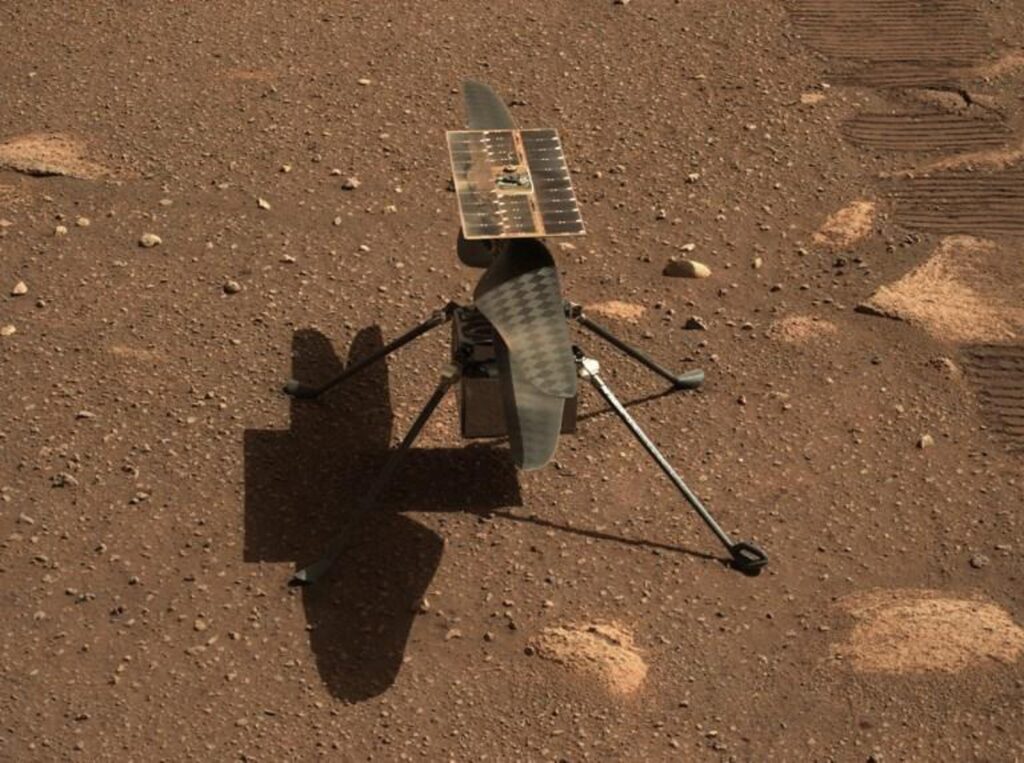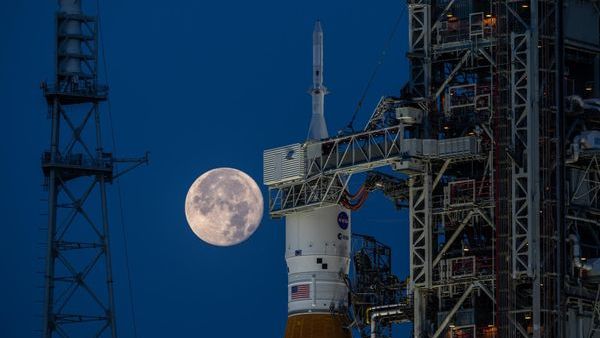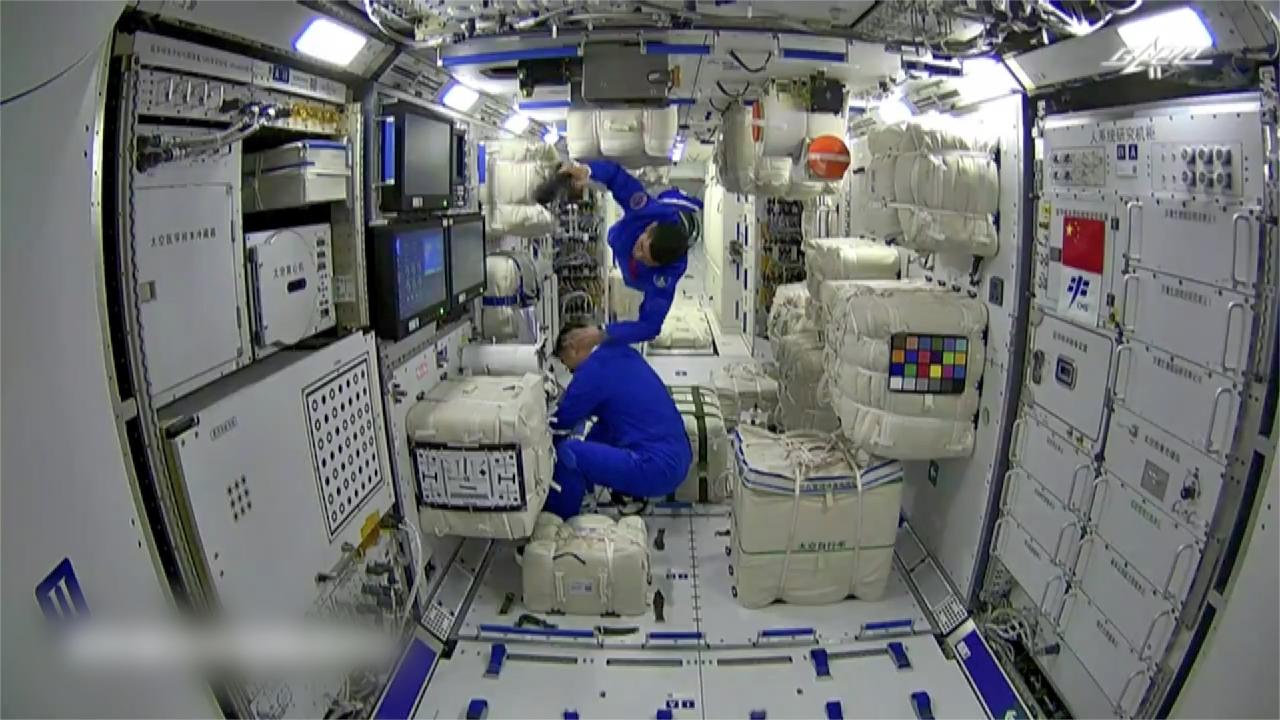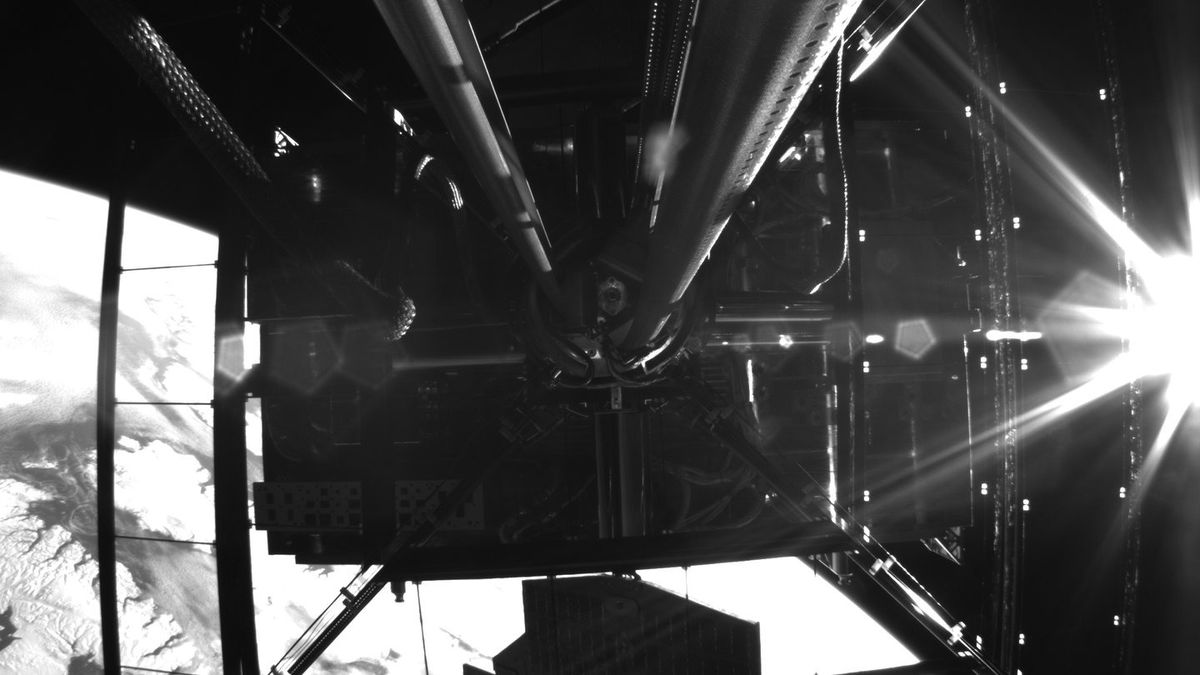The challenge lies in accurately estimating the volume of troublesome space litter, ranging from substantial space debris to minuscule paint chips and even radioactive particles.

In the realm of Earth orbit, the issue of space debris removal is gaining traction globally, with both private enterprises and national space agencies devising strategies to combat this orbital clutter.
Recently, a groundbreaking event emphasized the importance of space debris removal. The European Space Agency (ESA) embarked on the ClearSpace-1 mission, contracted from the Swiss start-up ClearSpace, as a pioneering attempt to eliminate derelict objects from orbit and pave the way for a thriving commercial space debris removal ecosystem.
ESA’s target for ClearSpace-1 is the VESPA rocket adapter, a remnant from a 2013 Vega rocket launch. However, new fragments have appeared near the adapter, likely resulting from a high-speed impact. ESA underscored the significance of the ClearSpace-1 mission, highlighting the risk of large objects fragmenting into smaller, potentially destructive pieces.
Experts divide space debris into three categories: objects over 10 centimeters, numbering around 35,000; the middle range of 1 millimeter to 10 centimeters, totaling millions; and items smaller than 1 millimeter, in the trillions.
To tackle the middle group, a passive collection using specialized devices is vital
While commercial space debris removal may not be immediately viable, experts foresee government-funded missions gradually paving the way for commercial ventures, much like the evolution of space launches and Earth observation systems.
Nevertheless, some argue that major spacefaring nations should take responsibility for cleaning up the debris left by their state-run programs.
Data reveals a concerning increase in rocket body accumulation in low Earth orbit, with China contributing significantly in recent years. A focus on objects over 2,205 pounds above 435 miles in altitude is expected in space debris removal missions due to their higher potential for generating fragments.
Despite uncertainties and complexities surrounding space debris, experts stress the need for improved approaches to monitoring and addressing this issue, emphasizing autonomy and resilience in the face of unpredictable orbital phenomena. The challenge of mitigating collisions between satellites remains an ongoing concern in the realm of space debris removal.
READ ALSO: Philae Lander Found After Long Search




